UK: Eyed Hawkmoth, F: Sphinx Demi-paon, D: Abendpfauenauge, RUS: Glazchatyi Brazhnik, S: Vide-Nattsvärmare; Videsvärmare, NL: Pauwoogpijlstaart, CZ: Zubokřídlec paví oko; Lišaj paví oko, H: esti pávaszem, E: esfinge ocelada, PL: Gryzuń pólpawik; Nastrosz pólpawik, FIN: Silmäkiitäjä; Sinisilmäkiitäjä, I: sfinge ocellata; sfinge dagli occhi, HR: okati ljiljak, DK: Aftenpåfugleøje, N: Kveldpåfugløye, EST: Silmiksuru.
Smerinthus atlanticus Austaut, 1890, Le Naturaliste 12: 190.Type locality: Meridje [Meridja, near Kenadsa], Algeria.
(Taxonomic notes. (i) Although Austaut (1890) described this subspecies from specimens obtained ex larva from southern Morocco and from adults obtained from the province of Oudja on the Algerian frontier, the three syntypes deposited in the NHMUK bear the locality Meridje [Meridja], which is a small village near Kenadsa, Algeria. Meridja is very close to the border with Morocco and may once have been 'included' in that country. To avoid confusion, the specimen illustrated in Pittaway (1993) on Plate 6, fig. 12 was designated as the LECTOTYPE of Smerinthus ocellatus atlanticus, with the following particulars:
(ii) As the male genitalia are almost identical, and there is a great overlap in adult forms, subsp. protai Speidel & Kaltenbach (1981), from Sardinia, was synonymized by Pittaway (1993) with subsp. atlanticus and relegated to the status of form. The single specimen from Corsica is indistinguishable from Smerinthus ocellatus atlanticus f. protai. However, it should be noted that some specimens appear morphologically to be intermediate between subsp. ocellatus and subsp. atlanticus, although the male genitalia are referable to subsp. atlanticus. Individuals superficially similar to Smerinthus ocellatus atlanticus f. protai are also found in southern Spain (Rambur, 1942) and may represent a hybrid population.
(iii) Eitschberger et al. (1989) reverted atlanticus to specific rank but gave no valid reasons for doing so. This placement is rejected, especially as hybrids between subsp. atlanticus and subsp. ocellatus interbreed quite freely and vigorously over several generations.)
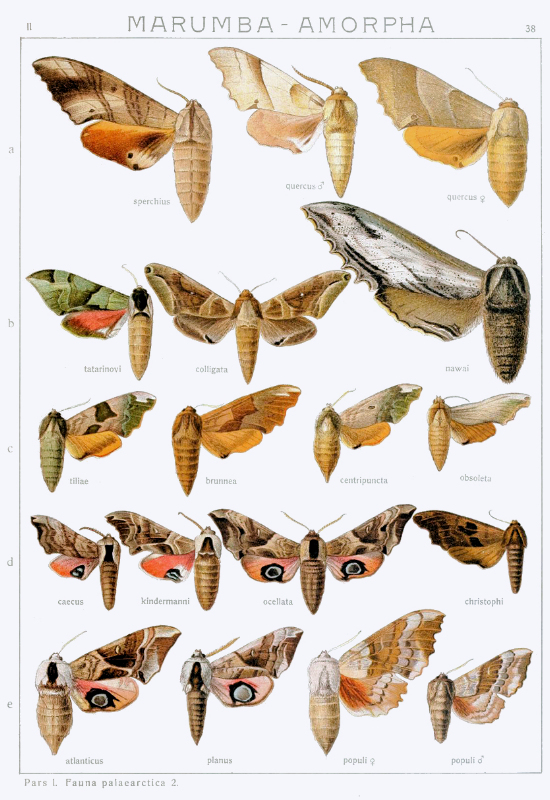
Holarctic; western Palaearctic region. Pleistocene refuge: Monocentric -- Atlantomediterranean and Mauritanian subsections of the Mediterranean refuge. Part of the present-day relict Mauritanian faunal element centred on the Middle and High Atlas Mountains (see de Lattin, 1967).
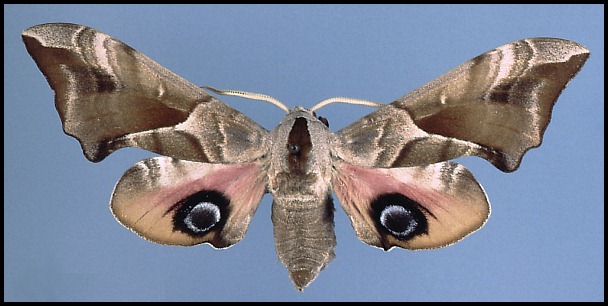
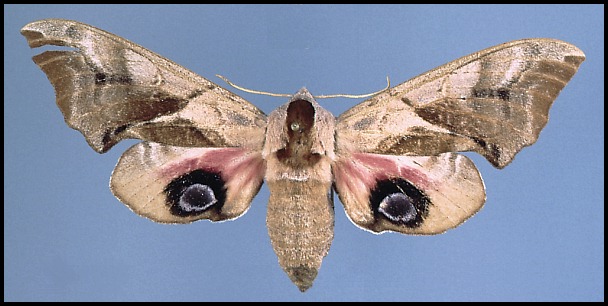
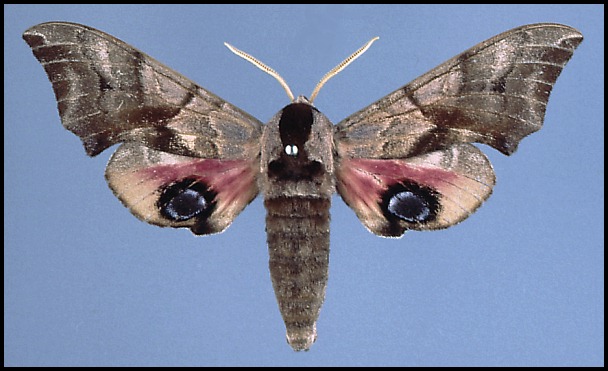
Wingspan: 85--110mm. Larger and paler than subsp. ocellatus, but still subject to the same degree of variation. Individuals of the spring generation are smaller and darker than those of the summer generation. In the male genitalia, the sacculus is longer and distally narrower than in subsp. ocellatus; posterior half of phallus heavier and more strongly curved, almost elbowed.
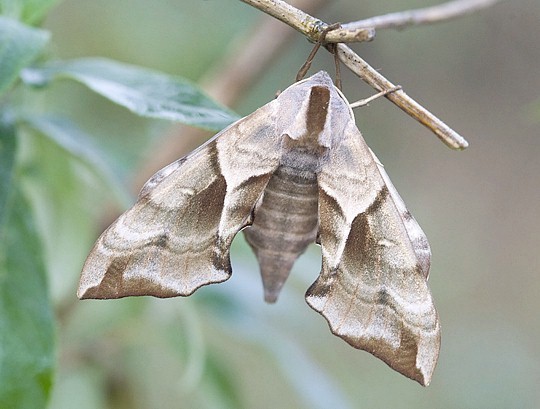
Frequents plantations and river banks overgrown with Salix and Populus, as well as damp gullies and ditches with a good growth of Salix.
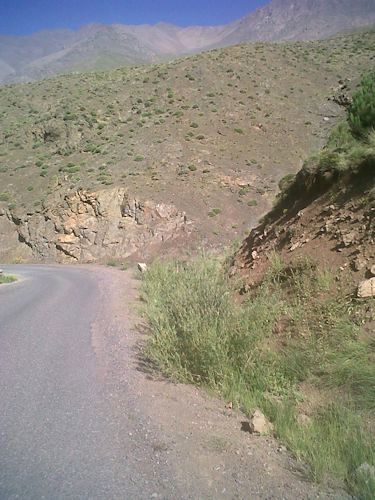
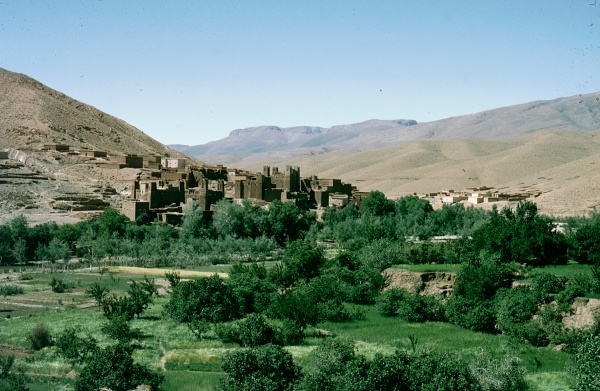
Bivoltine; mainly April/May and July/August; individuals may be found from March until September.
OVUM: As for subsp. ocellatus.
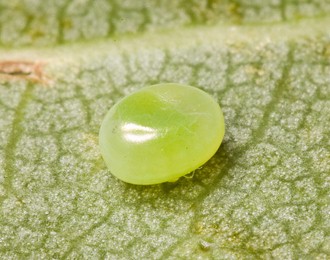
LARVA: Full-fed 70--90mm.
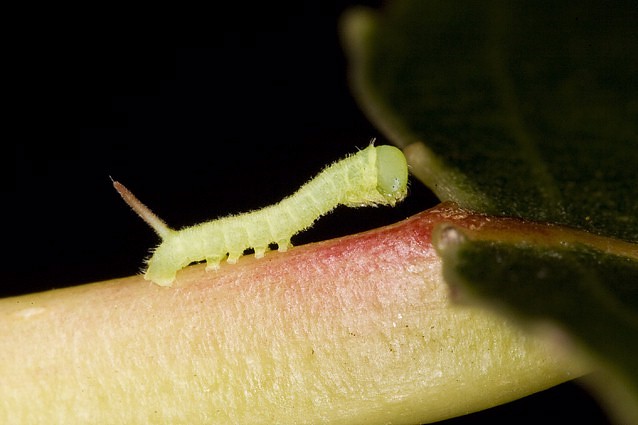
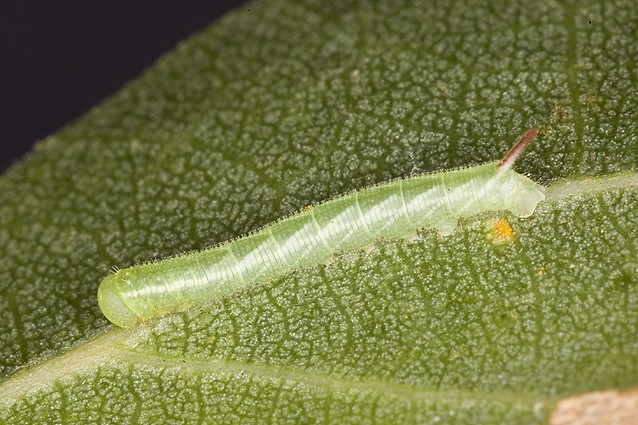
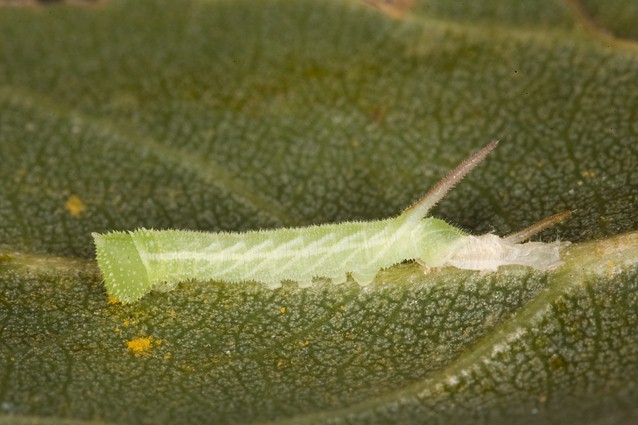
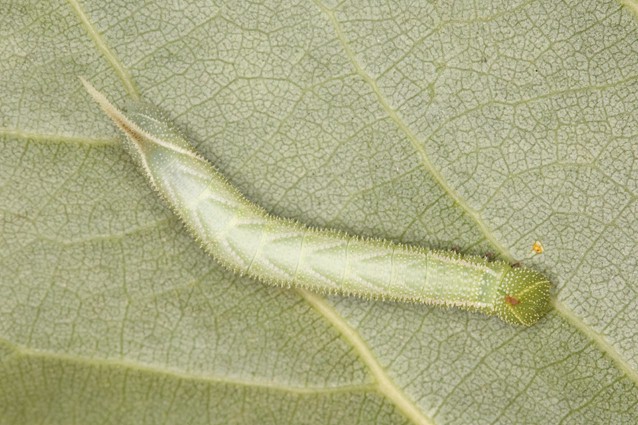
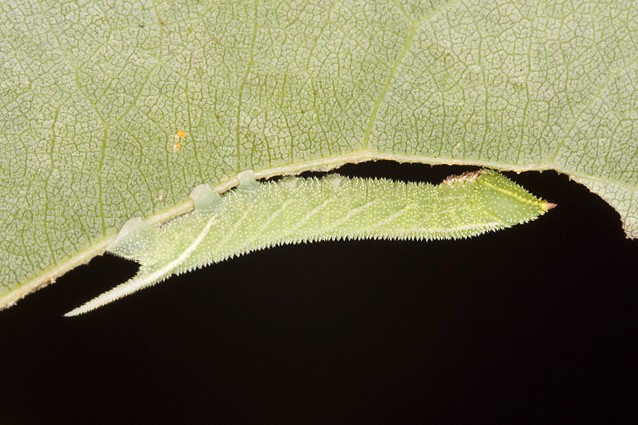
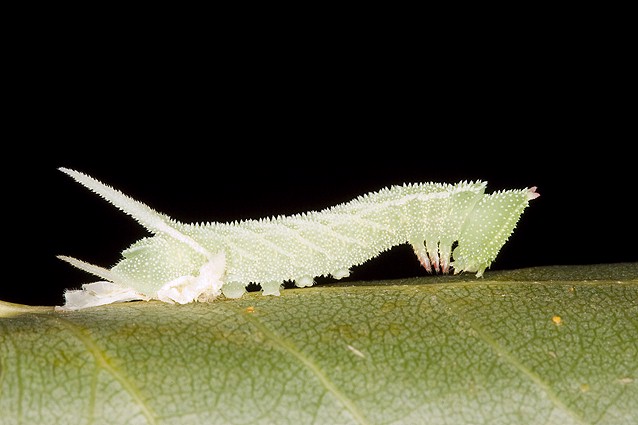
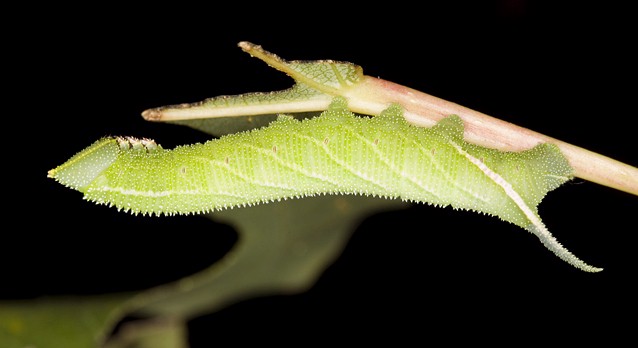
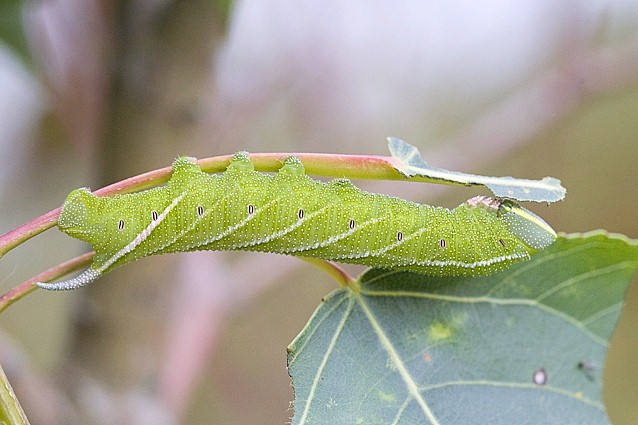
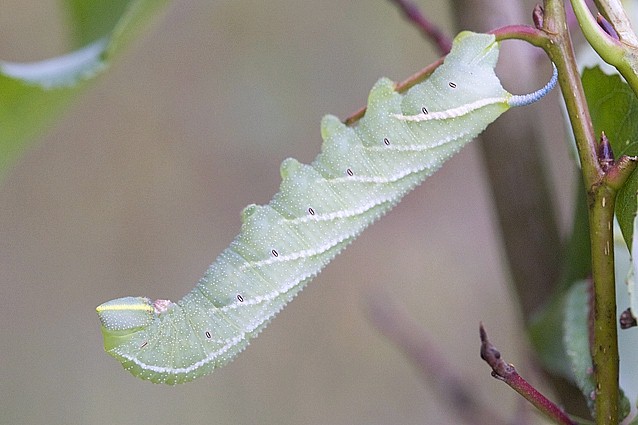
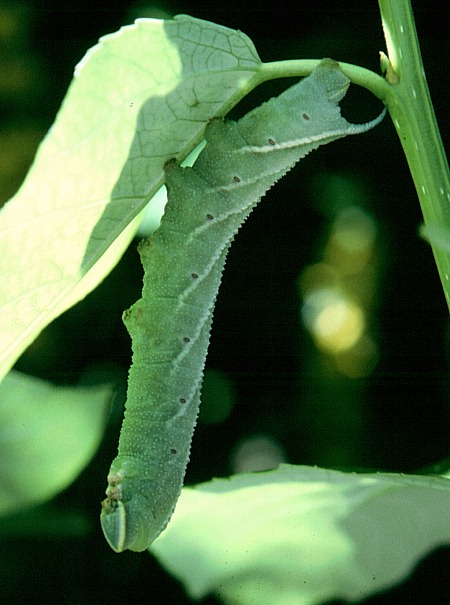
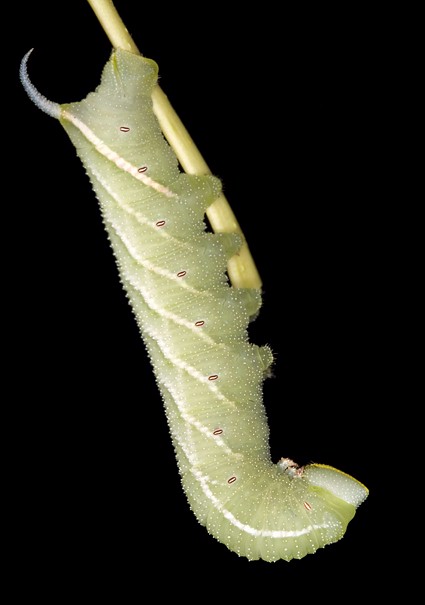
Very similar to that of subsp. ocellatus, but larger and with a stouter, uniformly blue-grey horn.
Found from early May until October.
Hostplants. Populus and Salix spp.
PUPA: 38--45mm. Similar in all respects to that of subsp. ocellatus.
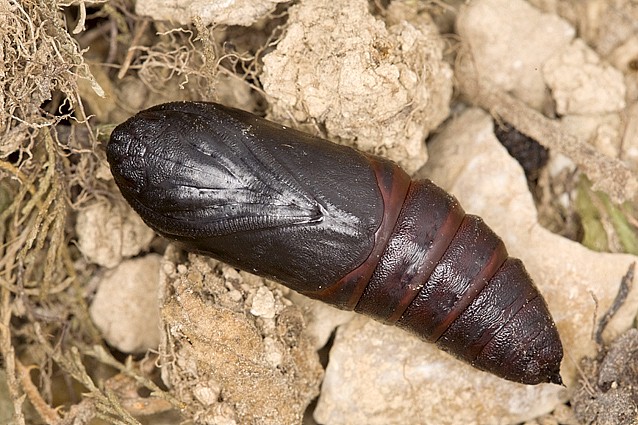
None recorded.
In North Africa, confined to the Atlas Mountains and their surrounding lowlands, from Morocco (Oberthür, 1916; Bleton, 1938; Rungs, 1981) to Tunisia (Danner, Eitschberger & Surholt, 1998; Amar Saci, iNaturalist 2024); also on Sardinia (Speidel & Kaltenbach, 1981; Mads Burgdorff, iNaturalist 2024) and Corsica (Gianluca Roncalli, iNaturalist 2021). (This link between North Africa and the two islands is also found in the Saharan Papilio saharae Oberthür and the endemic Papilio hospiton Guenée (Pierron, 1990; Pittaway et al., 1994).)
Extra-limital range. None.
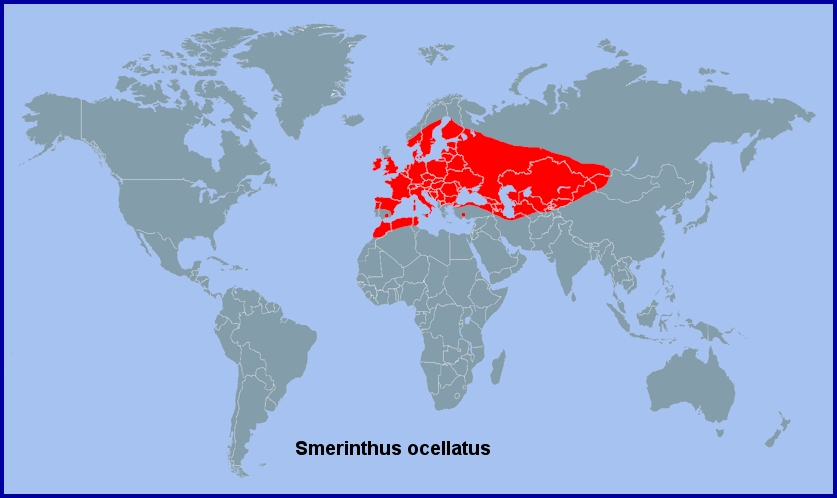
Europe, the northern Middle East and Central Asia as Smerinthus ocellatus ocellatus.
 Return to species list
Return to species list